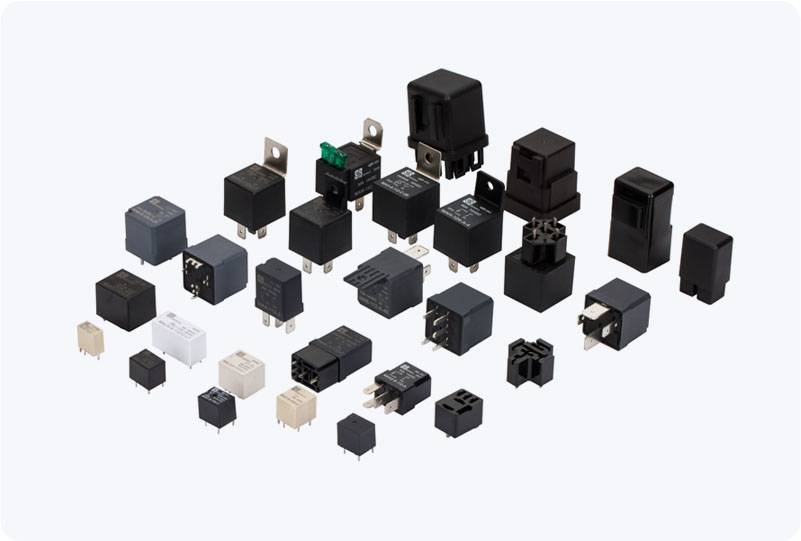The Dual Relay Module is a highly versatile and widely used component in the world of electronics. Whether you are an aspiring hobbyist, a student, or a professional engineer, this component serves as a bridge between low-voltage electronic circuits and high-voltage devices. The Dual Relay Module provides a practical solution for controlling higher power devices such as motors, lights, and other electrical appliances, all while being controlled by low-voltage signals from microcontrollers, such as Arduino or Raspberry Pi. In this article, we will explore what a Dual Relay Module is, how it works, its applications, and why it is essential in various projects.

What is a Dual Relay Module? At its core, a Dual Relay Module consists of two individual relays integrated onto a single circuit board. A relay, in general, is an electromechanical switch that can open or close a circuit in response to an electrical signal. It essentially allows a low-voltage control circuit to control higher voltage and current, which would otherwise be too much for a microcontroller to handle directly. The “dual” aspect refers to the fact that the module houses two relays, enabling the control of two separate devices or circuits simultaneously. Each relay within the module has three main parts: a coil, a switch (usually a set of contacts), and an armature. When an electrical current is applied to the coil, it generates a magnetic field that activates the switch. This switch can either close or open the circuit, depending on the type of relay. The Dual Relay Module typically offers both normally open (NO) and normally closed (NC) contact options, providing additional flexibility in designing circuits.